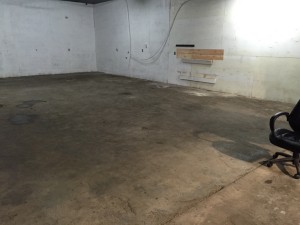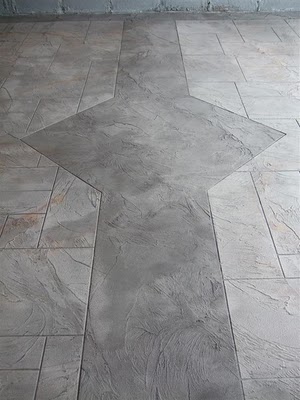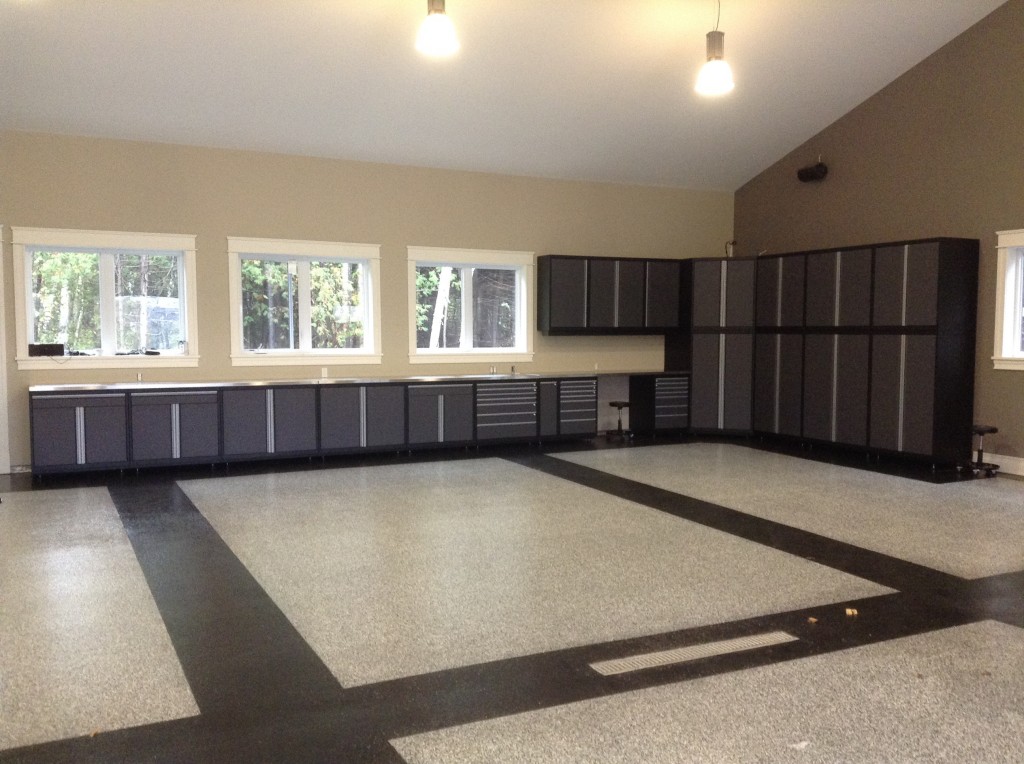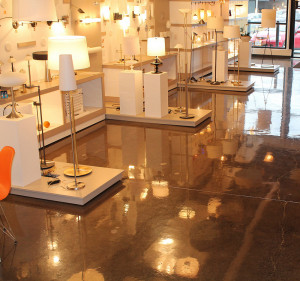Concrete floors and wood sub-floors are never perfectly flat or exactly level. All pre-manufactured flooring has a specific allowance for levelness and flatness. When it comes to getting a floor level and flat to the specification required, a concrete self levelling overlay or underlay is often the solution.
There is a difference between and underlay and an overlay, in fact, in our opinion they should be called pre-layments and final-layments.
Underlayment: This is a leveller that is not designed to be used as a finished surface. It is to be used as a base for a flooring system such as carpet, tile or hard wood.
Overlayment: This is a levelling agent or system that can be a wear course or final floor topping. It is still recommended that it be sealed with epoxy or similar.
Now, focusing on overlayment, let’s discuss the reasons one should choose epoxy over a concrete or gypsum bases overlayments.
Firstly: adhesion. You might think concrete would have the best adhesion to a concrete but in fact epoxies have been shown to have a much stronger bond. This is because when applied, epoxies are much more liquid like than concrete and therefore are able to penetrate the slab and expand in is pores. This requires proper surface preparation via grinding or shot blasting.
With concrete overlays, the bond is achieved on the surface only using a proprietary binder or primer. While this does work in effect, it’s not nearly as strong or as well bonded as 100% solids 2 part epoxy.
Another huge benefit to using epoxy for a self-leveling overlay is the fact that epoxy itself is a sealer. In theory, assuming your floor doesn’t require more than one coat of epoxy self-levelling overlay, you could do one coat and your floor would be level, sealed and the colour you want.
With a concrete self-levelling overlay you would have to wait for the concrete to cure, sand it, then clean and vacuum and then apply an approved sealer.
Unlike concrete overlays, epoxy overlays have many options concerning non slip and final sheen. Epoxies also bond well with other coatings where as concrete overlays often fail in the department.
To ensure the best outcome when levelling a floor you will not be covering with other flooring, you best bet is to choose a leveller that can withstand years of wear and tear on it’s own without requiring a sealer. That solutions, is self levelling epoxy. If you have any questions about Self-Levelling Epoxy Flooring Vs Concrete Levellers, ask our team today!











